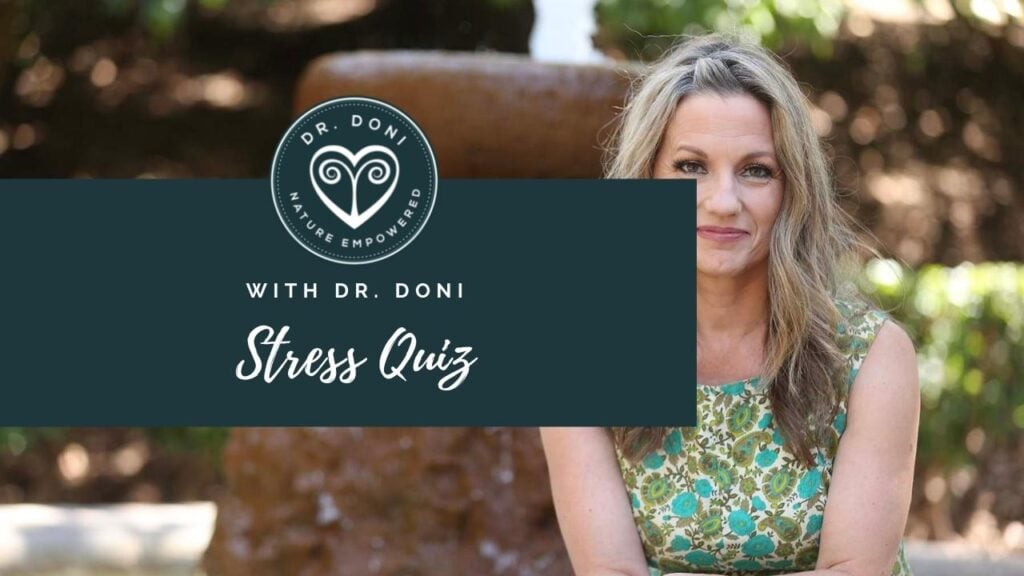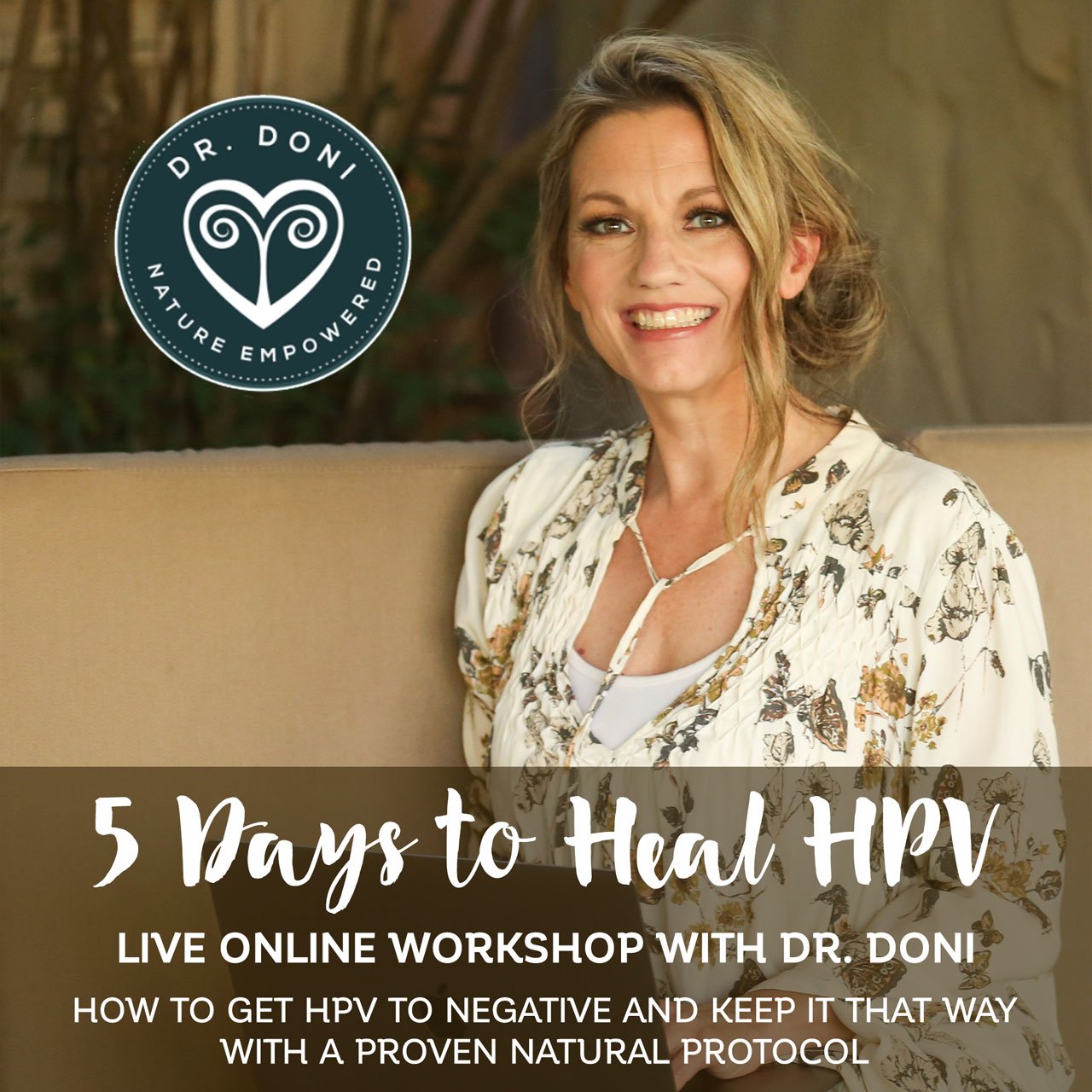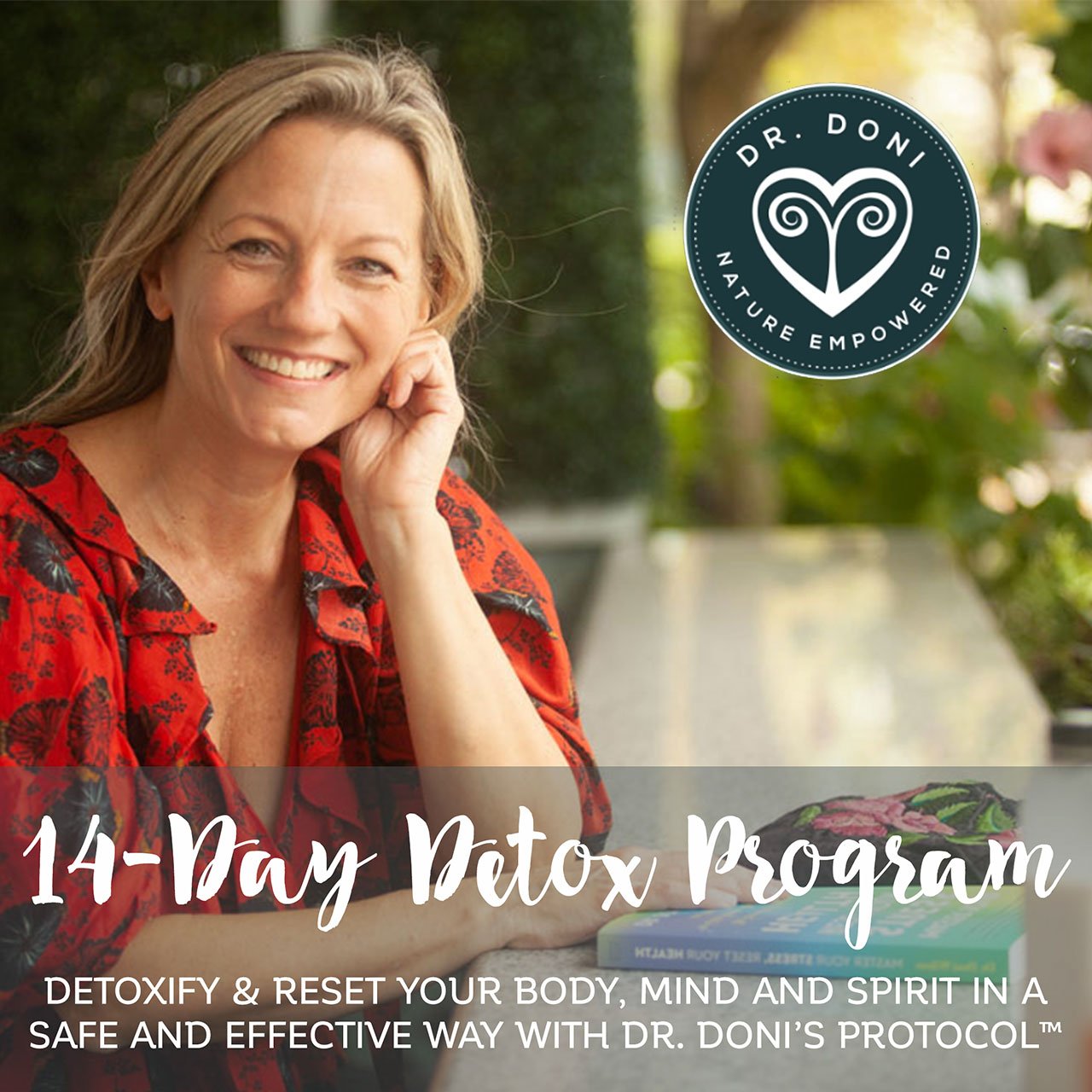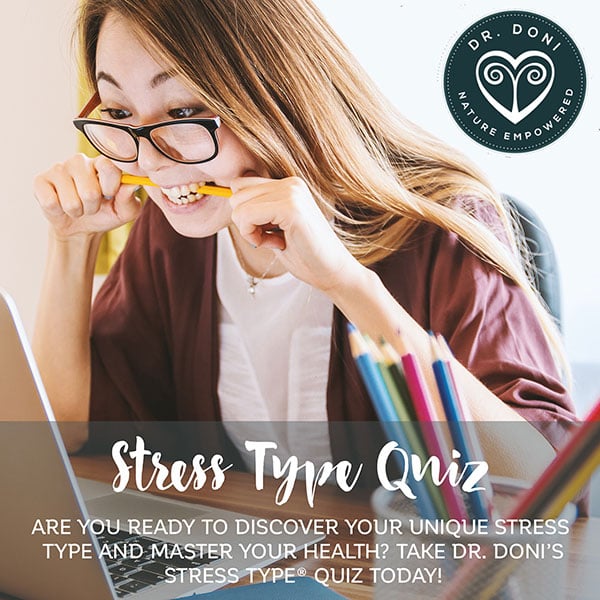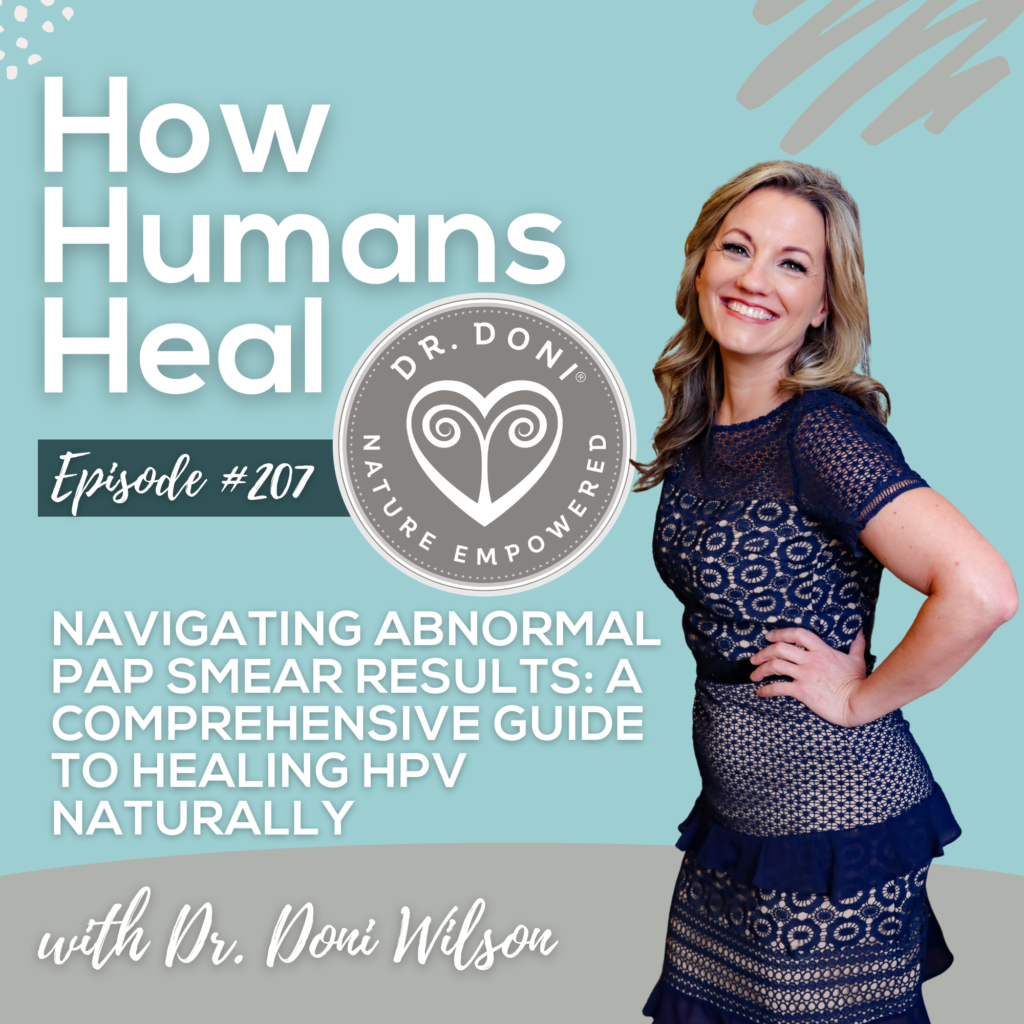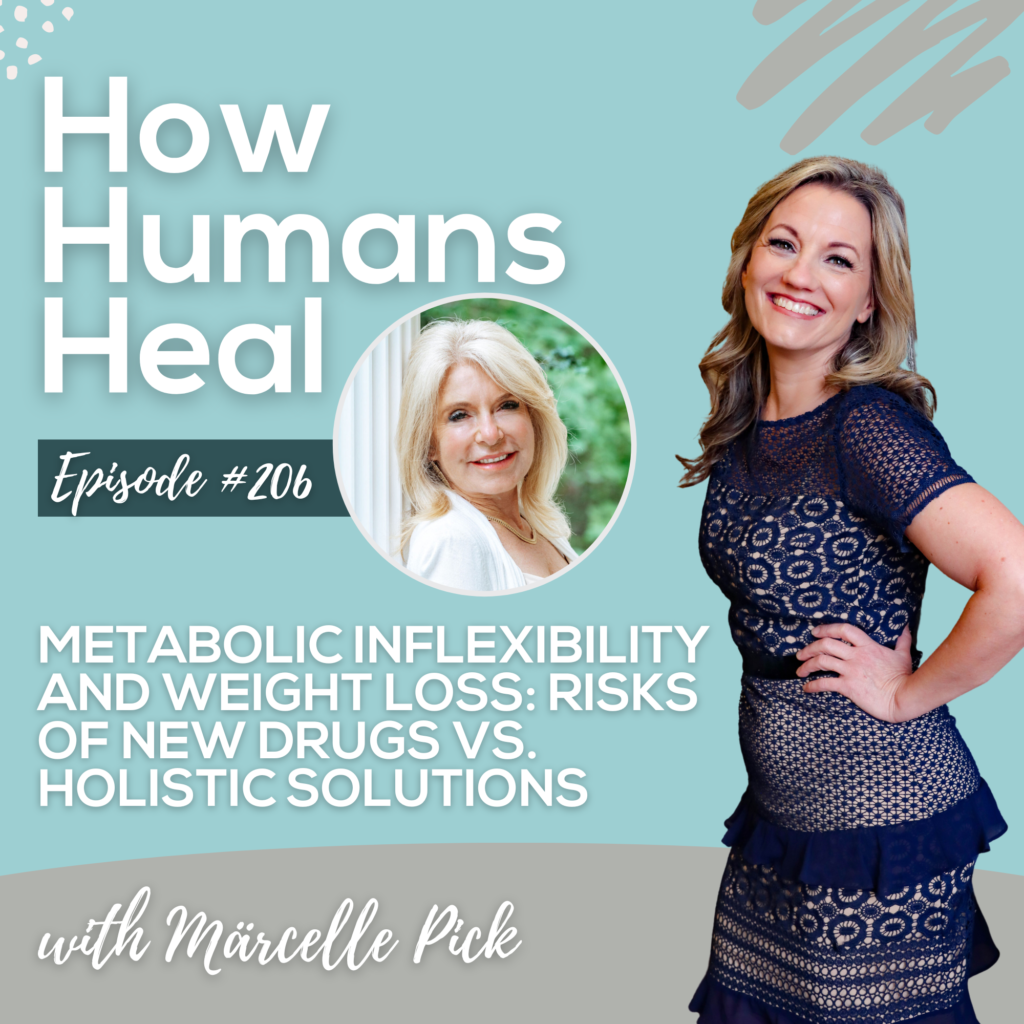

Do you have a busy brain? In this episode of How Humans Heal, I’m excited to introduce you to Dr. Romie Mushtaq. She is a board certified neurologist and she specializes in understanding how stress affects us, especially in the workplace.
Dr. Romie has studied over 17,000 people and found that one of the common patterns is what she refers to as the “Busy Brain.” In fact, now she has written a book called The Busy Brain Cure, the eight week plan to find focus, tame anxiety, and sleep again.
I enjoy talking with Dr. Romie about stress and how it affects us because, as many of you know, I’ve been studying the effects of stress for over 20 years. So you can imagine how excited I am to have Dr. Romie here with us today.
Dr. Romie’s Background and Corporate Wellness Work
When Dr. Romie was working in a traditional neurology practice in Florida she felt frustrated. She was seeing patients who had been to dozens of doctors without answers, basically hanging on by a thread. Often she sawpatients who ate perfectly, exercised, balanced hormones – yet still struggled.
She wanted to help people more than what she could with standard medical approaches, so she completed integrative medicine training. Then the pandemic hit. Encouraging people to “breathe deeply and eat berries” was not enough. There were deeper issues requiring updated understanding – we saw new stress patterns emerge.
She was working in corporate wellness and started researching how stress affects people. She realized that old corporate wellness paradigms are outdated for today’s realities. She went on to create an 8-week protocol called The Brain SHIFT aimed at addressing stress-induced imbalances as a root cause.
Defining Busy Brain and Its Symptoms
Being busy differs from having a busy brain. The latter is a specific neuroinflammatory pattern where unchecked chronic stress alters limbic system and hypothalamus function. This creates three core symptoms:
- Difficulty focusing, potentially escalating to adult ADHD;
- Anxiety
- Insomnia – trouble falling and staying asleep
It’s effectively a stress and inflammation-induced hyperactive brain state.
How do you know you have “busy brain?”
A major red flag is getting stuck in a stimulant-sedative cycle. Like having caffeinated venti lattes – or 3 energy drinks – plus maybe Adderall to focus as work days start. Then as anxiety mounts, needing sugar, alcohol, and pills to attempt sleep.
This further spirals inflammation so you awake unfocused and anxious again. Needing nightly sedatives also fuels destabilizing inflammation. It becomes a vicious cycle indicating busy brain.
The Interconnected Impacts of Stress
These unhealthy cycles are very prevalent out there nowadays. We so often reach for substances to cope with jobs, deadlines, and to-do lists. Granted, we may simultaneously parent young kids or care for aging parents too.
This manifests as what Dr. Romie refers to as wired and tired – seemingly counterintuitive but absolutely possible. Those of you who are familiar with the Stress Types® know that one of the stress types is “Tired and Wired” – with high adrenaline and low cortisol – they certainly are prone to experience the symptoms of a busy brain.
Stress assuredly disrupts nervous system signals and adrenal functioning (hypothalamic-adrenal axis -HPA). Cortisol and adrenaline levels shift and we feel it both physically and emotionally.
Although many people still view mind-body as separate entities, the impact of stress clearly shows us that they are interconnected.
Modern Neuroscience Perspectives on Mind-Body Links
The busy brain and its impact on our bodies can be compared to the air traffic control tower at Atlanta’s Hartsfield-Jackson Airport – the busiest worldwide. We forget when southern storms hit between April-September, all flights ground until passing. But it’s not just Atlanta that’s affected by the extreme weather and volume. Being a hub with global connections, delays ripple widely across America, Asia, Europe, Africa.
This perfectly parallels our brains and bodies. Our neurological traffic control center comprises both the limbic system and hypothalamus, possessing similar far-reaching links throughout the body.
So, when busy brains encounter chronic inflammation, downstream impacts cascade.
I love that Dr. Romie brought up the air traffic analogy because I used this same analogy in my first book, The Stress Remedy (2013). It shows me that she and I are looking at the same mechanisms and solving for stress at the same level.
Memory, mood, vision, and balance all change. And yes, totally contrary to outdated thinking, every organ system interacts too – digestion, breathing, immunity, hormones. Different symptom arrays manifest individually as well.
Unchecked, you basically risk system-wide meltdowns. Like diabetes from sugar imbalances, joint inflammation from youth sports flare-ups. The mind-body works as an integrated whole mind-body, not as separate entities.
This is the science of psycho-neuro-immo-endocrinology that looks into emotion-brain-hormone-immune system connections.
Those of you who have read my recent book, Master Your Stress Reset Your Health, know all about this science and how it can help us solve many chronic health issues.
With chronic stress, we have to look at cortisol and adrenaline imbalances, as well as global mind-body inflammation, in order to heal and prevent future health issues. Dr. Romie and I completely agree on this.
The Brain Shift Protocol for the Busy Brain
Understanding our bodies’ interconnected nature is so important. Just being human and doing what humans do everyday can disrupt delicate balancing acts, but also means we can remedy stress-induced imbalances as a root cause.
As people relate to busy brain concepts, they also need tangible tools that can help them recover. Dr. Romie uses the acronym SHIFT to highlight five key areas to address, tailoring them for each person:
S – Sleep and circadian rhythms
H – Hormones like thyroid, estrogen, testosterone
I – Inflammation markers
F – Fueling the body without extreme dieting
T – Managing technology’s impacts
We need to identify how these areas are thrown off when stressed chronically, then use micro-habits to regain optimal function. Remember, small steps accumulate into sizable change.
We also have to consider that with our current packed schedules, often times we don’t possess flexibility to drastically slow down. Dr. Romie discusses techniques that can be implemented over two months to unwind inflammation and downstream dysfunction.
Dr. Romie’s program is structured in a way that can support this modern life. The program’s first week confronts denial, rejection, and projection – what she playfully calls the “evil cousins” sabotaging busy brains. But really this self-criticism manifests as projection, imposter syndrome, perfectionism for many. Identifying these patterns lets us pivot into healing.
Week two commences a 7-day sleep challenge incorporating cognitive behavioral therapy and targeted supplementation. Quality sleep is foundational for global wellness. Most experience significant improvements in just 7-10 days, feeling restored focus too.
When foundations realign, benefits ripple outward.
Lifestyle Keys Like Sleep Hygiene and Circadian Health
Sleep and our circadian rhythm so often get disrupted by busy schedules, though we rarely realize their necessity for wellbeing. Reconnecting with natural cycles energizes healing.
For people working day shifts, basic consistency helps – regular bed and rise times. Getting outdoor morning light if possible. Certain supplements also calm overactive nervous systems, like 5-HTP and magnesium glycinate. Though always consult doctors if on antidepressants or sensitive to interactions before commencing protocols.
The goal is signalling to your nervous system that it’s time to relax. So avoid screens with work messages atbedtime. Amazingly simple environmental tweaks create big neurobiological shifts.
Our brains evolved sensing ambient cues after all, for better or worse. Dr. Romie inspires us by saying “We must consciously harness this neuroplasticity.”
Supportive Approaches with Food and Nutrition
To support healing, we need to consider ways to drop inflammation, including through food.
Our food provides essential nutrients for making neurotransmitters that influence our focus, sleep, and mental clarity. Stress, on the other hand, depletes these essential precursors.
Whenever possible, we can use tests, such as blood and urine, to measure amino acids, neurotransmitters, and nutrient levels related to mood, sleep and inflammation regulation.
I (Dr. Doni) recommend these tests and offer them in my practice. It helps us to fine-tune and individualize our approach to re-optimizing and recovering from stress exposure.
We can then support depleted neurotransmitters with food and supplements. Understanding the biochemical pathways and precursors allows us to know which nutrients we need in order to restore optimal levels.
Food sources of tryptophan, for example, provide the amino acid precursor to serotonin, which turns into melatonin, to support both our mood and sleep.
Healthy fats boost receptor sensitivity as well. These basic interventions calm and empower brains overloaded by stress to reattain equilibrium day and night.
Dr. Romie warns against extreme diets that can actually trigger a stress response and worsen the situation. She was surprised to find that I completely agree with her and talk about this as well.
Research shows that there is such a thing as too much of a “good thing.” Too long of intermittent fasting causes cortisol to increase, which reverses all the benefits of fasting, for example. She and I emphasize that it’s important to aim for just the right amount for YOUR body based on your level of imbalance and recovery.
Dr. Romie shares her firsthand experience with how psychologically damaging imposed regimens can become for those under chronic stress or trauma. This approach overlooks diversity, equity and inclusion.
Abruptly changing the way we eat can be counterproductive and end up making us feel worse. We need to instead make small change incrementally over time while healing from stress and trauma.
Stress-eating and comfort-eating differ substantially too. When circadian rhythms realign ,we usually abandon inflammatory stress-driven patterns like finishing whole cookie boxes or pints of ice cream in one sitting unconsciously. Those desperate physiologic attempts to produce serotonin calm down dramatically just by implementing basic lifestyle organization and consistency.
Additionally, adding healthy fats at meals bolsters dopamine signaling related to motivation and focus. But again from a stance of abundance – inclusion of beneficial choices, not restriction of joys. The goal is not to feel deprived. I absolutely love this concept and use it in my programs as well.
The Power of Community Support for Behavioral Change
We should have compassion and allow room for people to grow at their own pace when it comes to food and exercise habits. Sometimes conversations about these topics take an aggressive tone that is not helpful.
Forcing healthy habits rarely works. Instead, leaders in the workplace should look at the underlying reasons for unhealthy lifestyles. They should start from where people currently are and gently guide them towards better health through community support, emotional encouragement and improved nutrition.
In essence, a kind and understanding approach is more effective than a militant, demanding one when helping people improve their wellbeing. We should meet them where they are and support positive change in a holistic way.
When coworkers open up and share personal stories, it helps build an emotional bond and a feeling of trust in the team. This allows others to also open up more. We should guide and support one another as equals, not as bosses and subordinates.
Each person has their own personal goals for improvement. But the more we share of ourselves, the more we realize we have a lot in common beneath the surface differences. This brings the team together. It connects to the idea that we are all part of the same shared human experience, even if on the outside it does not always seem that way.
In essence, vulnerability and empathy among colleagues can reveal our interconnectedness and align us. By sharing and supporting openly as peers, not hierarchies, we find common ground in our parallel journeys towards growth.
Onwards to Hope and Mind-Body Healing
Dr. Romie finishes the interview by sharing that If you want to help the world, start by helping yourself first. Take care of your own needs. Recharge your mind and body. When you stop being so hard on yourself, you will have more energy to give.
Difficult times always pass. Be patient and stay positive, not critical. As you gain wisdom about yourself, you also understand others more.
We are all connected. By taking care of yourself, you are better able to care for others. Bit by bit, we can make the whole world better together.
If you would like to learn more about Romie and her new book – The Busy Brain Cure – you can find it here. You can also find her on social media @drromie (Instagram) or @Dr. Romie (Facebook).
If you want to learn more about Dr. Doni’s Stress Recovery Protocol® which involves optimizing cortisol and adrenaline levels using nutrients, herbs and C.A.R.E.™, her proprietary program to support clean eating, adequate sleep, stress recovery and exercise, you can read all about it in her book Master Your Stress Reset Your Health.
You can also start by taking the Stress Type Quiz:
For the most comprehensive support, even with the most difficult health issues (physical or mental), it is best to meet with Dr. Doni one-on-one, which is available to you no matter where you are in the world (via phone or zoom). You can set up a one-on-one appointment here.
We’re here to help you!

Connect with Dr. Doni:
- Facebook https://facebook.com/drdoniwilson
- Instagram https://instagram.com/drdoniwilson
- YouTube https://youtube.com/DoniWilsonND
- Newsletter: https://doctordoni.com/www (Weekly Wellness Wisdom)
- Podcast: https://doctordoni.com/podcast (How Humans Heal)
More Resources from Dr. Doni:
- Stress Type Quiz: Assess your adrenal function
https://doctordoni.com/quiz - Dr. Doni’s Book: Master Your Stress, Reset Your Health
https://doctordoni.com/book - Dr. Doni’s Facebook Group: Stress Warrior Stress Resiliency
https://facebook.com/groups/stresswarrior - HPV Recovery Guide (FREE)
https://doctordoni.com/ddpp/hpv-guide/ - FREE Masterclasses with Dr. Doni
https://doctordoni.com/masterclasses - FREE Guides from Dr. Doni
https://doctordoni.com/guides
Personalized Solutions:
- 14-Day Detox Program: You can start this transformation program anytime
https://doctordoni.com/detox-program - Say Goodbye to HPV (12-week Program): Begin the journey to freedom from HPV today!
https://doctordoni.com/hpv-12-week - If you’d like to meet with Dr. Doni one-on-one for your health, request a Health Breakthrough Session: https://doctordoni.com/breakthrough
Disclaimer: This specific article and all other Content, Products, and Services of this Website are NOT intended as, and must not be understood or construed as, medical care or advice, naturopathic medical care or advice, the practice of medicine, or the practice of counseling care, nor can it be understood or construed as providing any form of medical diagnosis, treatment, cure, or prevention of any disease.
Share this Post:
Dr. Doni Wilson
14 Day Detox Program
Take the Stress Type Quiz
Dr. Doni Social Media
Popular Posts

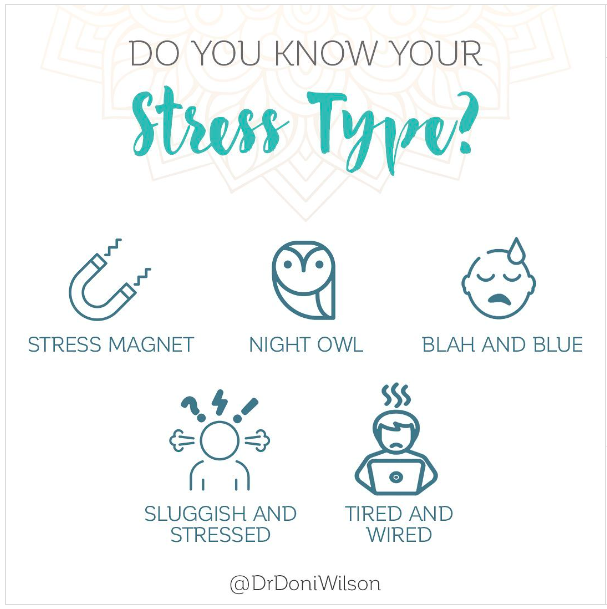
The 5 Burnout Types

Healing HPV Holistically: Dr. Doni on the Inspire Health by Jen Podcast
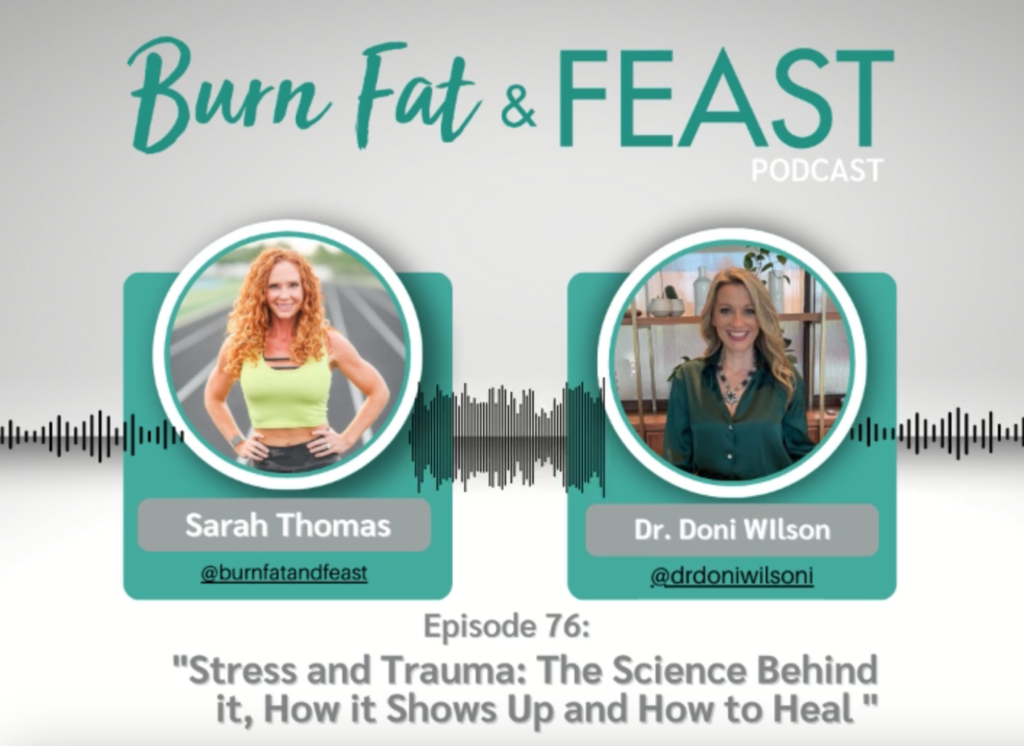
Recent Podcasts
Signup to receive our weekly newsletter with all the latest news, podcasts and special offers
New Book - Order Today!
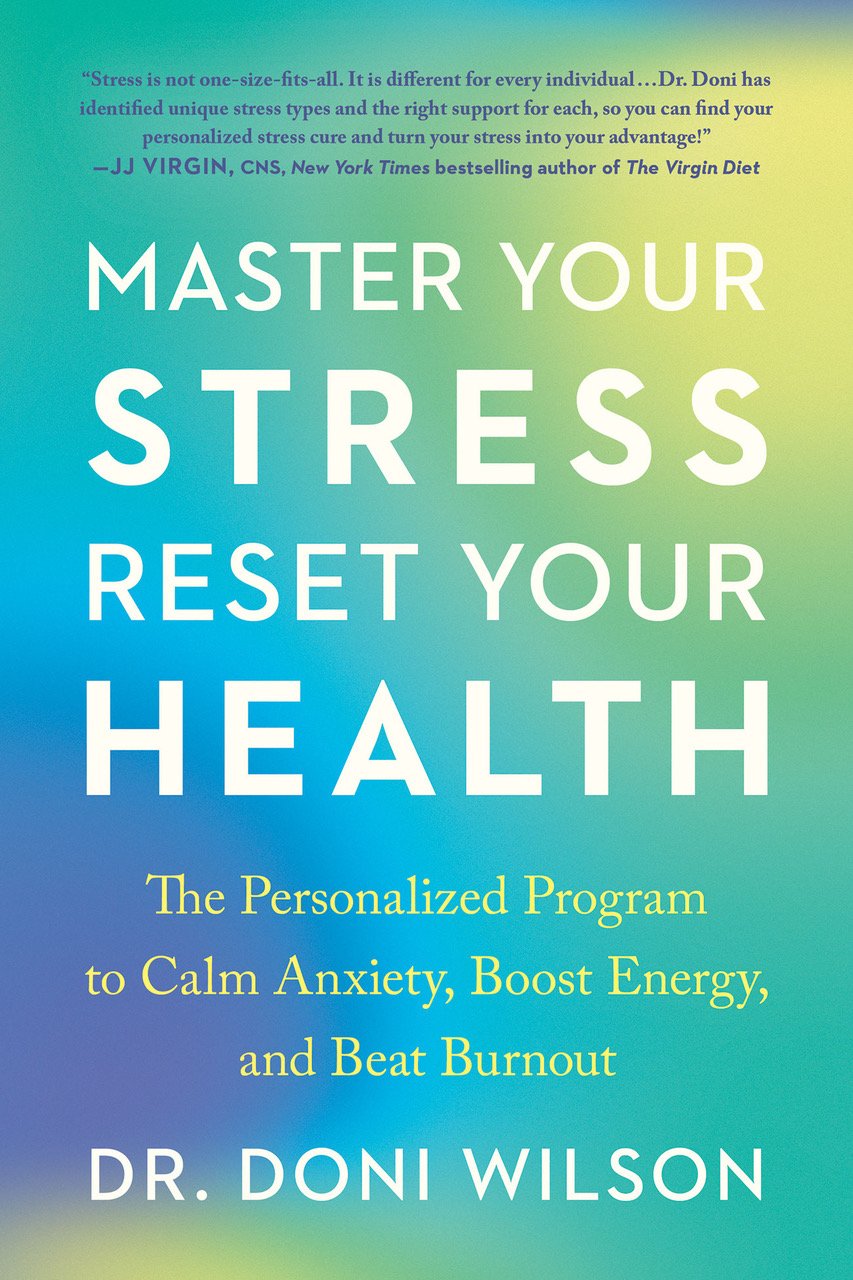
SIMPLE PRACTICES for SHIFTING FROM YOUR STATE of STRESS to YOUR FLOW and FREEDOM
MASTER YOUR STRESS
RESET YOUR HEALTH
Order Now! Related Posts

What is making you susceptible to HPV?
I have been working with women who had abnormal cells on their cervix and/or vaginally, caused by HPV for over 20 years now. And while

The 5 Burnout Types
Did you know there are 5 burnout types? They are based on your Stress Type®, which is how your adrenal function has been affected by
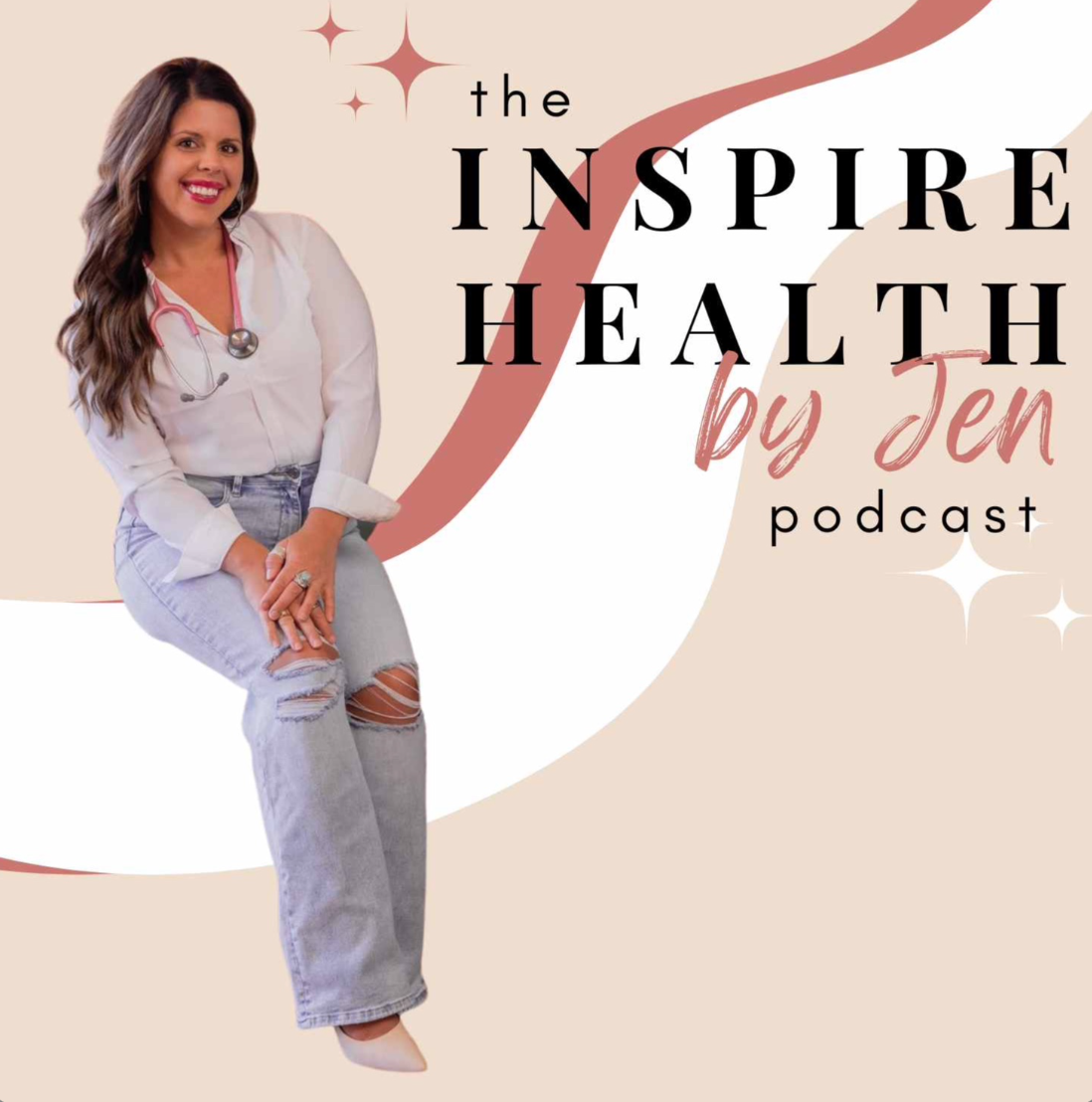
Healing HPV Holistically: Dr. Doni on the Inspire Health by Jen Podcast
Dr. Doni was interviewed by Jen Ciszewski on the Inspire Health by Jen Podcast, talking about how to heal away HPV from your body for good.

Stress and Trauma: The Science Behind It, How It Shows Up and How to Heal: Dr. Doni on The Burn Fat and FEAST Podcast
Dr. Doni was interviewed by Sarah B. Thomas on the Burn Fat and FEAST Podcast, talking about the impact of stress and trauma on our health and what to do to recover from them.

